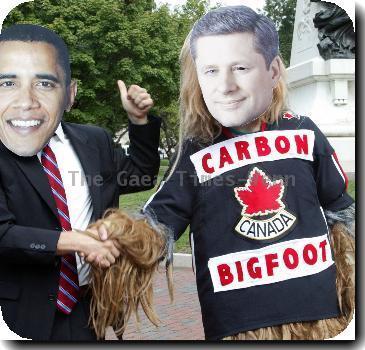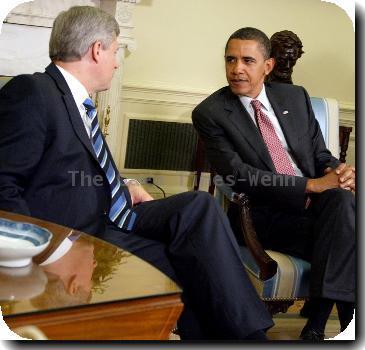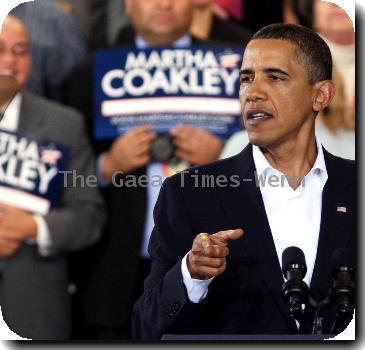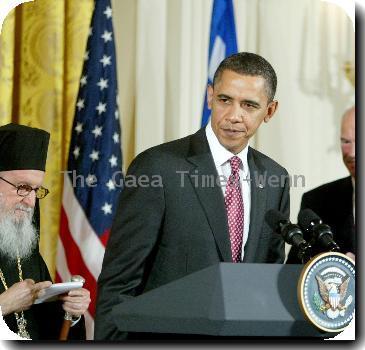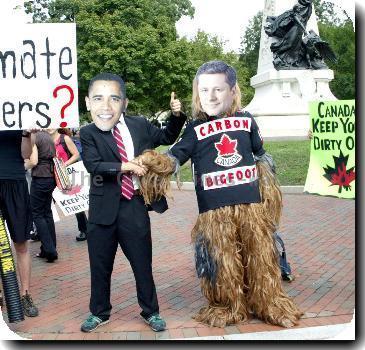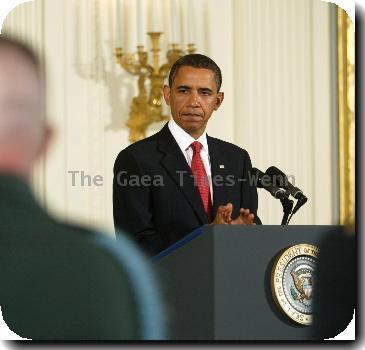More miles on less fuel: Gov’t setting tough new efficiency standards for advanced vehicles
By Ken Thomas, APThursday, April 1, 2010
Fuel efficiency rules aimed at advanced vehicles
WASHINGTON — The Obama administration is setting tough gas mileage standards for new cars and trucks, spurring the next generation of fuel-sipping gas-electric hybrids, efficient engines and electric cars.
The heads of the Transportation Department and the Environmental Protection Agency on Thursday were signing final rules requiring 2016 model-year vehicles to meet fuel efficiency targets of 35.5 miles per gallon combined for cars and trucks, an increase of nearly 10 mpg over current standards set by the National Highway Traffic Safety Administration.
The EPA, which received the power to regulate carbon dioxide emissions in a 2007 Supreme Court ruling, will set a tailpipe emissions standard of 250 grams (8.75 ounces) of carbon dioxide per mile for vehicles sold in 2016, or the equivalent of what would be emitted by vehicles meeting the mileage standard. The EPA is issuing its first rules ever on vehicle greenhouse gas emissions.
President Barack Obama, previewing the plan Wednesday, said it marked a reversal “after decades in which we have done little to increase auto efficiency.” Obama said the standards would “reduce our dependence on oil while helping folks spend a little less at the pump.”
Each auto company will have a different fuel-efficiency target, based on its mix of vehicles. Automakers that build more small cars will have a higher target than car companies that manufacture a broad range of cars and trucks. The standard could be as low as 34.1 mpg by 2016 because automakers are expected to receive credits for reducing greenhouse gas emissions in other ways, including preventing the leaking of coolant from air conditioners.
Obama said the new requirements will save 1.8 billion barrels of oil over the life of the program, which will cover the 2012-16 model years. The new standards move up goals set in a 2007 energy law, which required the auto industry to meet a 35 mpg average by 2020.
A NHTSA official familiar with the plan, who was not authorized to speak publicly before Thursday’s announcement, said the requirements would add about $1,000 per new vehicle by 2016 but would pay back that investment within three years. The rule is expected to save more than $3,000 over the life of the vehicle through better gas mileage.
Environmental groups have sought curbs on greenhouse gas emissions, blamed for global warming, and challenged the Bush administration for blocking a waiver request from California to pursue more stringent air pollution rules than required by the federal government. The request was granted by the Obama administration last year.
“The standards forthcoming under the ‘clean car peace treaty’ are a good deal for consumers, for companies, for the country and for the planet,” said David Doniger, climate policy director for the Natural Resources Defense Council.
Automakers have been working on an assortment of fuel-efficient technologies, including hybrids, electric cars and technologies that shut off an engine’s cylinders when full power isn’t needed.
Nissan is releasing its electric car, the Leaf, later this year, while General Motors is introducing the Chevrolet Volt, which can go 40 miles on battery power before an engine kicks in to generate power. Ford is bringing its “EcoBoost” line of direct-injection turbocharged engines, which provide a 20 percent increase in fuel efficiency, to 90 percent of its models by 2013.
Under the rules, automakers could earn credits by producing alternative fuel vehicles and by producing advanced technology cars.
On the Net:
Transportation Department: www.dot.gov/
Environmental Protection Agency: www.epa.gov/
Tags: Air Quality, Automotive Technology, Barack Obama, Energy, Energy And The Environment, Environmental Concerns, Environmental Laws And Regulations, Government Regulations, Green Technology, Green Vehicle Technology, Industry Regulation, North America, United States, Utilities, Washington

